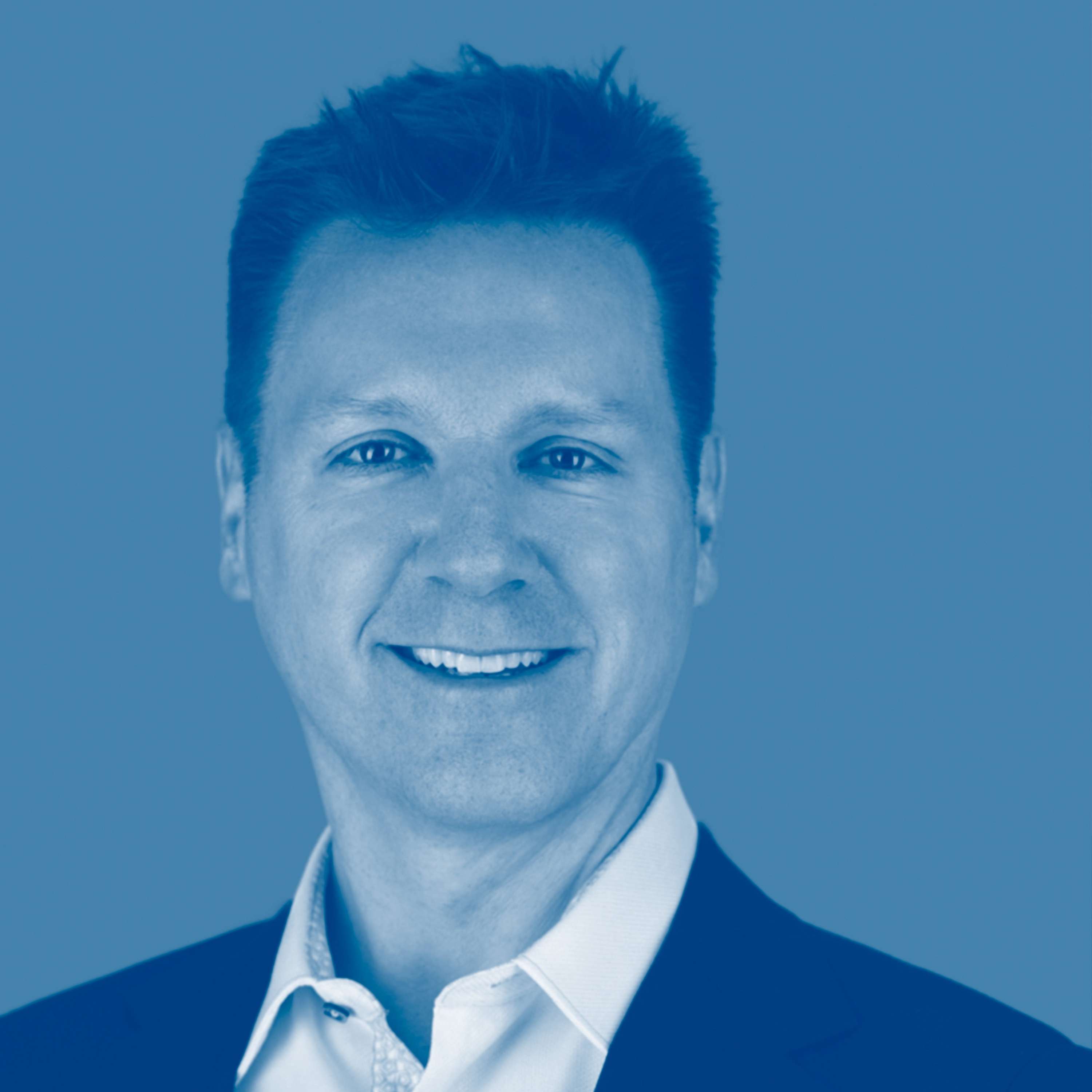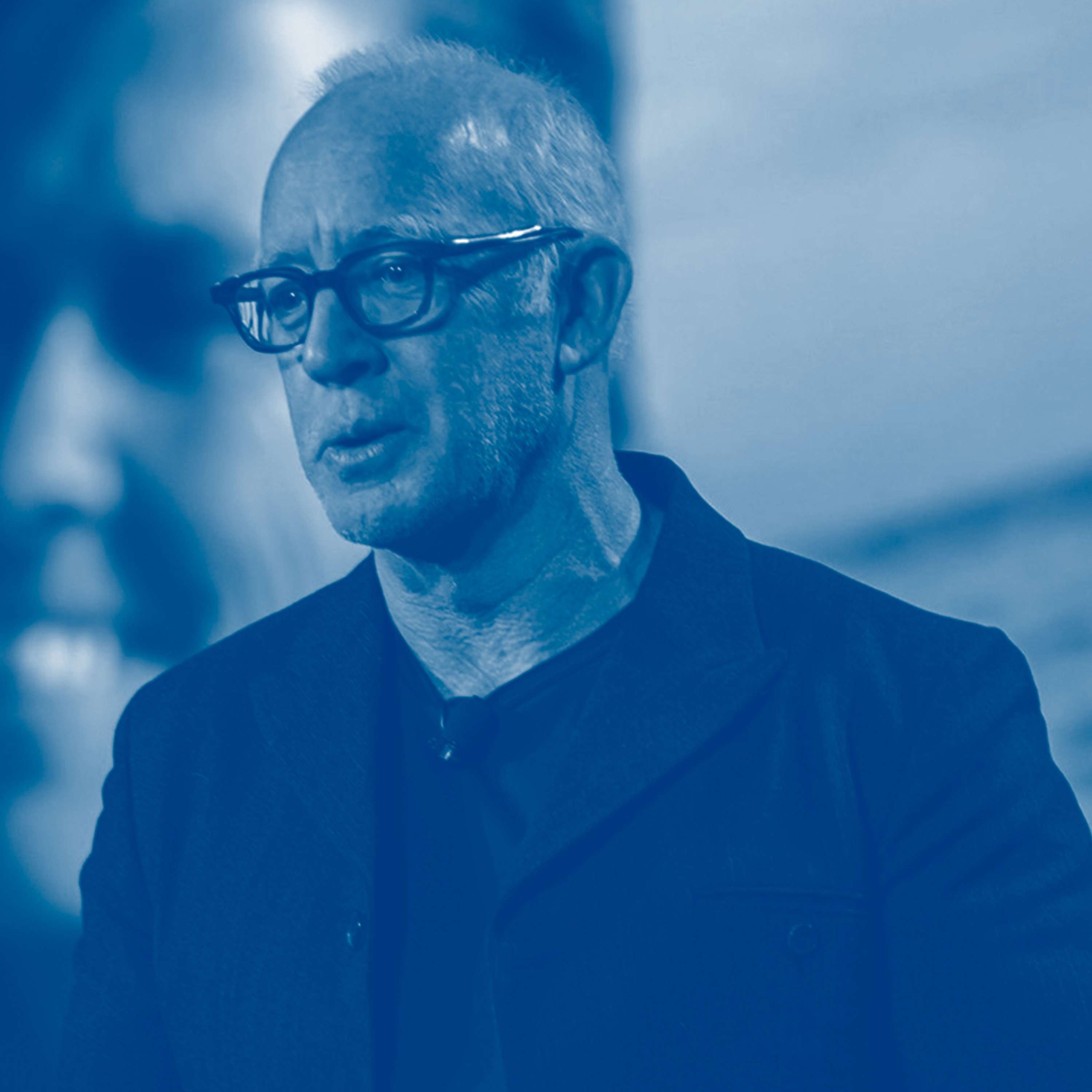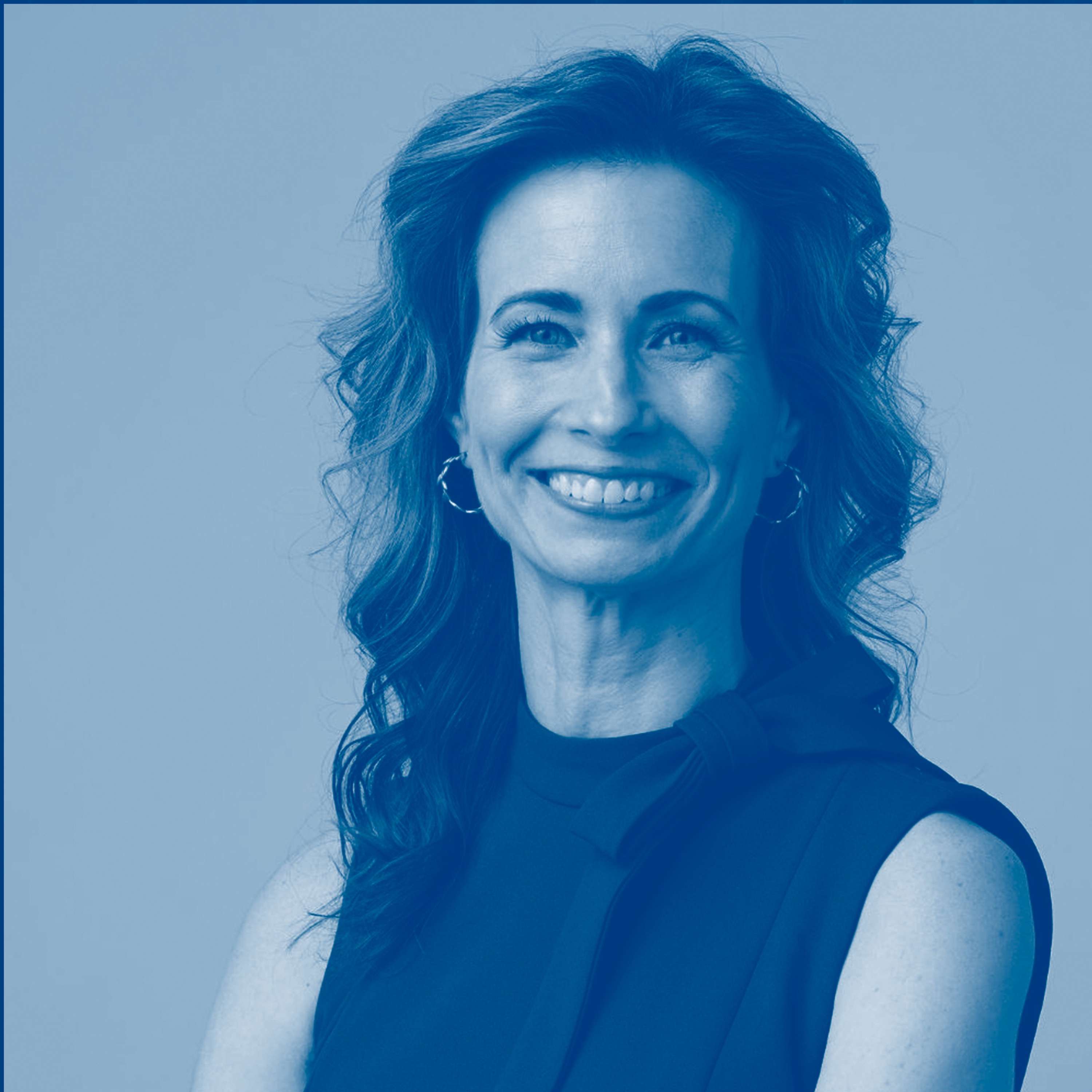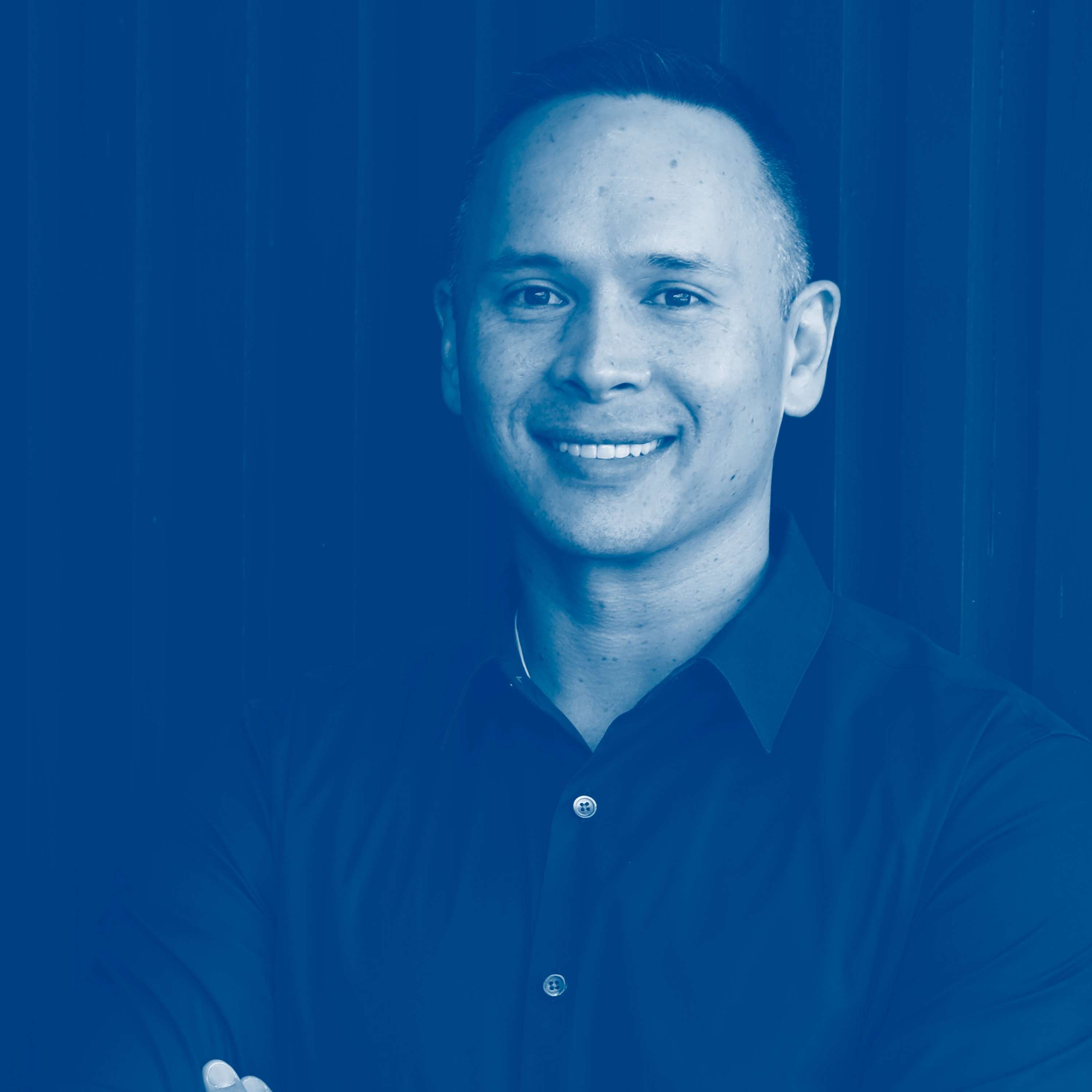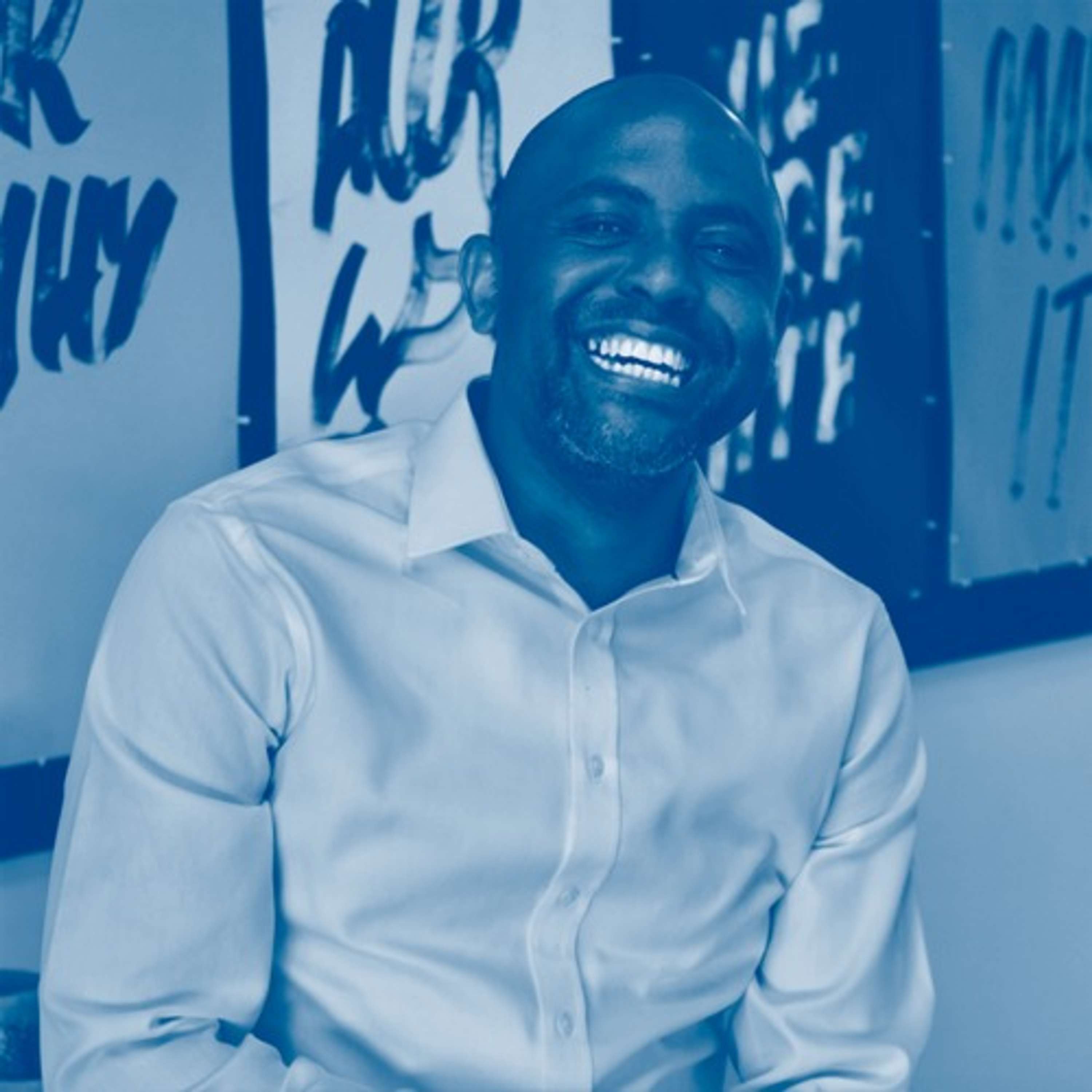Richard Lyons, Berkeley's Chief Innovation and Entrepreneurship Officer on Innovation and Entrepreneurship
Description
On this week's episode of Inside Outside Innovation, we sit down with Richard Lyons, Associate Vice Chancellor at the University of California, Berkeley, and the university's first ever Chief Innovation and Entrepreneurship Officer. Richard and I talk about the evolving role of innovation and entrepreneurship at universities, as well as some key trends, opportunities, and challenges. Let's get started.
Inside Outside Innovation is the podcast to help new innovators navigate what's next. Each week, we'll give you a front row seat into what it takes to learn, grow, and thrive in today's world of accelerating change and uncertainty. Join us as we explore, engage, and experiment with the best and the brightest innovators, entrepreneurs, and pioneering businesses. It's time to get started.
Interview Transcript with Richard Lyons, Associate Vice Chancellor at the University of California, Berkeley, and the university's first ever Chief Innovation and Entrepreneurship Officer
Brian Ardinger: Welcome to another episode of Inside Outside Innovation. I'm your host, Brian Ardinger, and as always, we have another amazing guest. Today, we have Richard Lyons. He's the Associate Vice Chancellor at University of California, Berkeley, and the university's first ever Chief Innovation and Entrepreneurship Officer. Welcome, Richard.
Richard Lyons: Thank you, Brian. Happy to be here.
Brian Ardinger: I'm excited to have you on board. I think one of the first things I wanted to talk about is, what is the role of a Chief Innovation and Entrepreneurship Officer at a major university?
Richard Lyons: Ah, good question. You know, it actually, the role didn't exist four years ago. It started at Berkeley at the beginning of the year 2020. A number of universities, as you know, have launched this job category. You know, most universities that were pretty decentralized places, I like to use the phrase distributed creativity. Things happen in engineering, they happen in business, what have you.
And I think the idea was, well, could we collect ourselves and become, you know, a little bit more than the sum of our parts in terms of innovation and entrepreneurship capacity? That's one way to think about why the job was created.
Brian Ardinger: Well, you used to run, you're the Dean of the Haas School of Business. How does it differ when you're focused on, I guess, MBAs and the business side of things versus now there's more cross-collaborative curriculum and such.
Richard Lyons: Yeah, well, I love that question because it's part of what's so much fun about being in this role You know, so CRISPR, Jennifer Doudna, one of the faculty here, shared the Nobel Prize in biochemistry a couple of years ago You know, right, science. I mean, I'm like a half an inch deep in science. I'm an economist just to put it on the table.
And so, I get to mix with all these lab directors and scientists and not just Jennifer. She's just one of many but, So that idea of boundary spanning, right, in a really fundamental way, touching on people that are doing deep science, but also the social scientists and the humanists, and how do we sort of create a for all ecosystem that everybody's feeling like, yeah, well this, this serves me and is also interesting to me.
Brian Ardinger: Well, it's quite interesting, you know, we've seen a lot of trends in higher education. It seems more and more Universities are jumping on this idea of cross collaboration with business. And, you know, you've always had tech transfer and things like that. What are you seeing when it comes to trends and this kind of move to focus on entrepreneurship and innovation?
Richard Lyons: I think the trend is unmistakable. My own view is that you could go right to the mission statements of these universities, because I think 20 years ago, people might've said, you know, the deep why of this university is research, teaching and public service. And, and you still hear that phrase. But, you know, reaching out to, like, Simon Sinek's work, Start With Why, or whoever the idea might be, you know, those are really what and how.
I mean, really important what's and how's. But the deep why is, is impact. And so, if you really thought that the mission was research, teaching, and service, Then you might look at innovation and entrepreneurship and say, oh, we're a public research university at Berkeley, and you're kind of way off on the periphery. But if the deep why is impact, no, you're kind of at the center of the mission, not the only center of the mission. Even at kind of this reframe of university missions is helping people to see that, no, this stuff is mission advancing, folks. This is not mission distracting.
Brian Ardinger: Some universities get a bad rap when it comes to entrepreneurship. Maybe the old version of tech transfer where, you know, the university wanted to keep control of what was being created on the university and sharing the profits or the upside on that with the professors and venture capital and that. Can you talk a little bit about how maybe that whole tech transfer process and that has evolved and what you're seeing?
Richard Lyons: Yeah, happy to. So, I was thinking a little bit before we got together here and I thought, well, I want to present four mind blows.
And I think all four of these are related to your question and I don't want to get too edgy, Brian. So, here's one and we don't have to talk about all four, but, but I think it really is an answer to your question. Well, first of all, If you asked a university, is it possible for a startup, or a big company, but let's think startup, to be able to access a mass spectrometer on your campus, or a DNA sequencer, or a shake table, or in on all the IP?
Is there kind of a porous way to access scientific equipment on Campus. And almost every university would say, yes, that's possible, that happens. And MP3s existed when Apple created the iTunes Store. So, Berkeley created a platform, we call it Berkeley RIC, the Research Infrastructure Commons. It's a platform with 27 labs on it, and virtually all the equipment in those 27 labs.
And you, Brian, or a company of any size, could access a mass spectrometer or a cell sorter. And own all the IP it's fully priced. But this creates this sort of porous foundry and its relationship building with a lot of these companies and so forth. So that idea of opening up the infrastructure to innovation and entrepreneurship, because there's a lot of excess capacity if we're going to be honest about it.
In fact, we even spun out a company based on this. It's called Second Labs, secondlab.com. And they're basically prosecuting this, you know, in a nationwide, worldwide way. So that's a fun platform. For us, it was a mind blower.
Brian Ardinger: The other thing that I think comes into this conversation is the whole funding aspect. How are, and how do private funds work with, you know, public education and that? Some of the trends I know that I saw recently, you were talking about some of the interesting work around shared carried funds and that. So maybe let's talk a little bit about the finance mechanism around funding innovation.
Richard Lyons: Yeah. Thanks for that. So, it actually was one of the things on my list of the four, but I'll just get right to ...



